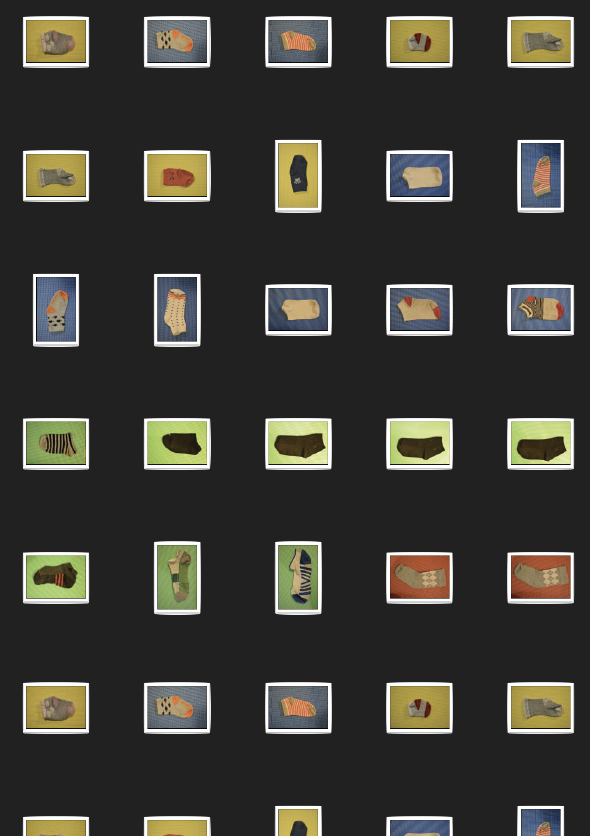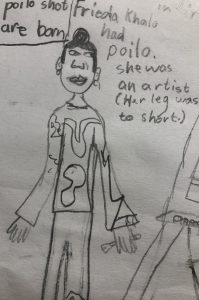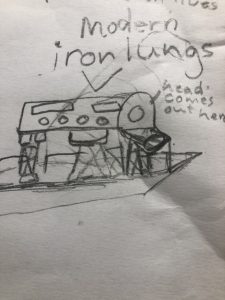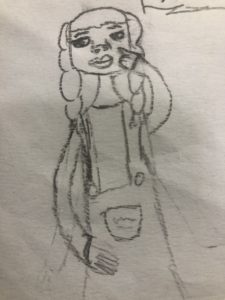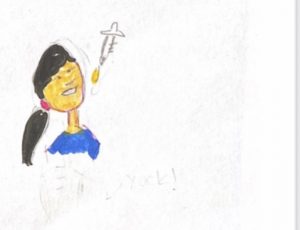
PHASE 1 – Preliminary Research
Coming from Pakistan, a country that still has active polio cases. Every child in Pakistan is aware of what polio is and its consequences, but speaking to middle-school children in Calgary, made me realize they don’t know what polio is. Recently a lot of countries are looking at the polio epidemic through a COVID-19 lens.
Although polio is significantly different from the novel coronavirus, some of the similarities between the two outbreaks, especially when looking at the height of the polio issue in the world, are striking. Polio was thought to only affect a specific age group at first and spread to infect patients of all ages. Polio, like COVID-19, demanded attention from governments in a way many other deadly diseases hadn’t before, simply because of who was most at risk.
The Poliovirus affected predominantly middle-class children. Lower-income families who had been exposed to mild forms of it earlier due to more impoverished living conditions had more antibodies built up over generations. So it was the middle-class who had no group immunity when outbreaks started popping up.
However, COVID-19 affects all groups, and those living in poverty are often more likely to be on the front lines and more at risk- which again places third-world countries like Pakistan in a vulnerable spot.
Christopher Rutty, an adjunct professor at the University of Toronto and a professional medical historian, talks about how COVID-19 is spurring discussions about how to support citizens during a health-care crisis economically; polio was responsible for a similar restructuring. Rutty said that these types of situations could expose issues that already existed.”That’s really where the threat of COVID is; it’s striking at the health care system and really exposing limitations in it,” he said. “And polio did the same thing, really, because of its long-term impacts.”As we move forward in the battle against COVID-19, Rutty said it’s possible to learn from what we did right in the fight against polio, both scientifically and politically. He pointed out that “COVID is generating similar kinds of collaborative initiatives, research and production,” in terms of scientists collaborating in the search for treatment and a vaccine, “which hasn’t happened quite the same way really, perhaps even since polio.”
I started looking at different data relating to polio in the world provided on world health organizations and various websites. This led me to focus on the stats in Pakistan. Simultaneously, I was hoping to conduct a workshop at Terrace Road School where my 8-year-old niece is a student, and my sister-in-law happens to be a member of the school board and its treasury. So my dream of conducting a workshop seemed somewhat possible. After few days of convincing, I was asked to draft a proposal to conduct the workshop. To do that, I had to figure out how to engage with the kids through participatory research work.
PHASE 2 – Workshop
The workshop was conducted with 17 students of grade 3 and 4 of a public school in Montgomery, Calgary, to understand:
1- Kids’ perception and understanding of Polio
2- What do they know about vaccination.
It was a challenge to
1- Designing the activity to engage the kids in doing the activity while having fun
2- Getting permission from a school to conduct a session during break time or free period.
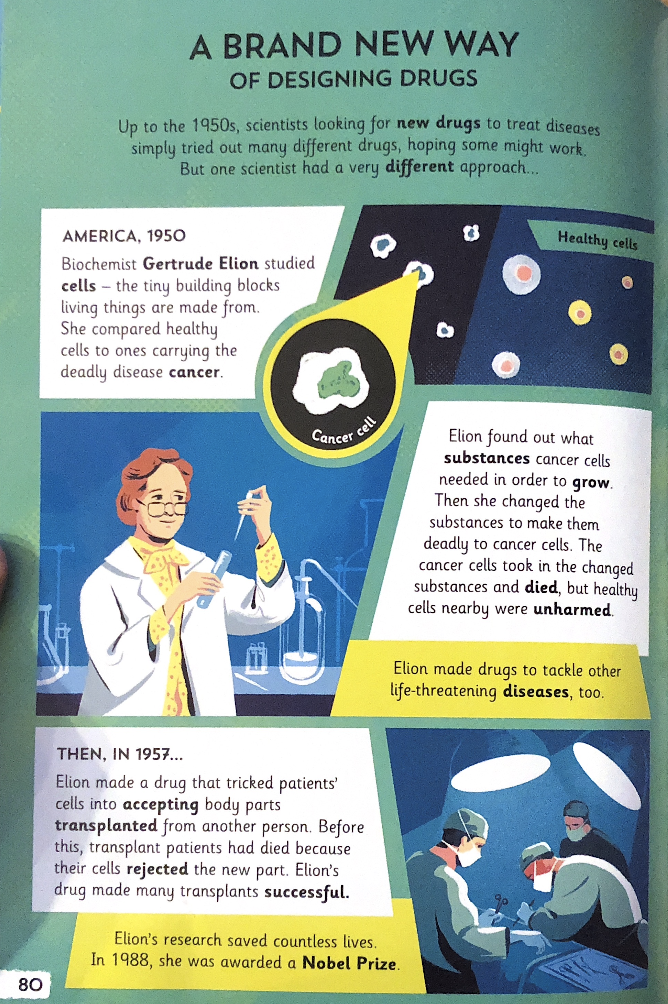
I sent the proposal to the school admin, and it was politely refused because I was asking for too much. Getting all the approvals was a long process especially asking parents permission for pictures to be taken during the workshop.
So at this very moment, I realized I was not in the position to make any demands. I rewrote the proposal eliminating all of my hopes and dreams of a “fun workshop.”
Long story short, after exchanging twenty emails with the school admin, I was allowed to conduct a workshop for 30 minutes on Friday.
In this process, I was introduced to various resources and books on how to conduct a school workshop.
The workshop was conducted in presence of the class teachers. Also, I made sure to constantly provide positive reinforcement to the kids by repeating many times that- no answer or drawing they will give is a wrong answer and that we are having a fun activity.
So I started off by explaining to them few questions like;
- What is polio?
Poliomyelitis (say polio-my-el-eye-tis) – or polio for short – is the result of an infection that rarely causes some children and adults to lose the ability to move parts of their body (paralysis). Maybe they cannot move their legs or arms, or sometimes they cannot even breathe by themselves. Children under 5 are most at risk of catching polio, but only a few develop movement problems.
- So how to avoid polio? Polio vaccines are given at the ages of 2, 4 and 6 months, and another dose before the child starts school. Some other vaccines are given at the same time. These protect children from getting tetanus, diphtheria, whooping cough, rotavirus gastro, hepatitis B and Hib. This last one is to protect against a germ that can cause ear and throat infections, and meningitis (an infection around the brain) in young children. Other immunizations that children get at different ages are against measles, mumps and rubella.
PHASE 3 – Do You Have Any Socks ?
